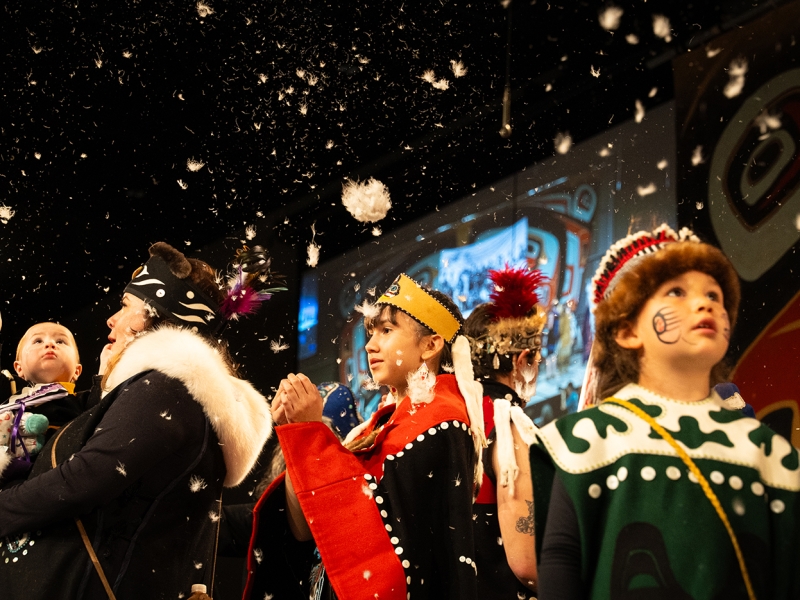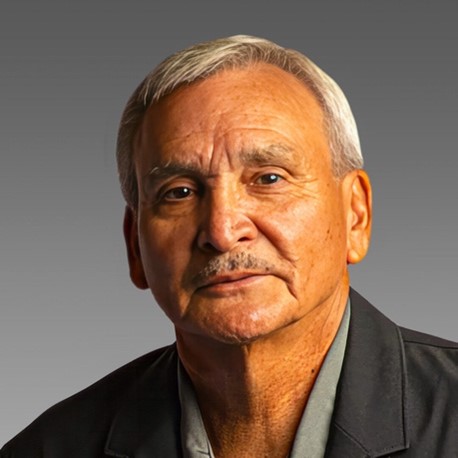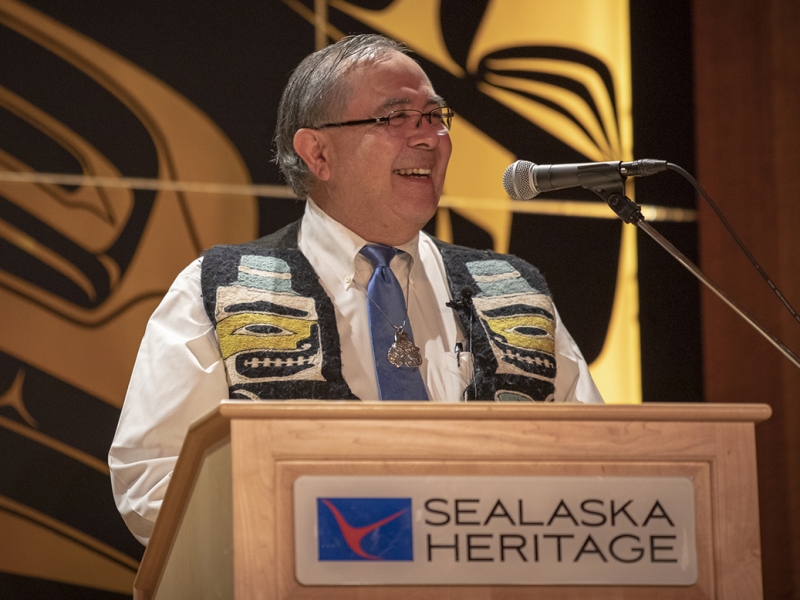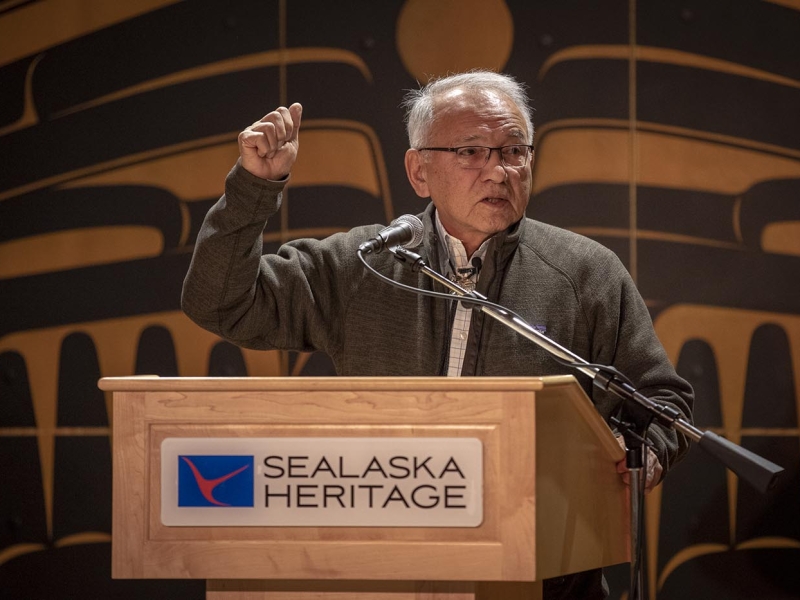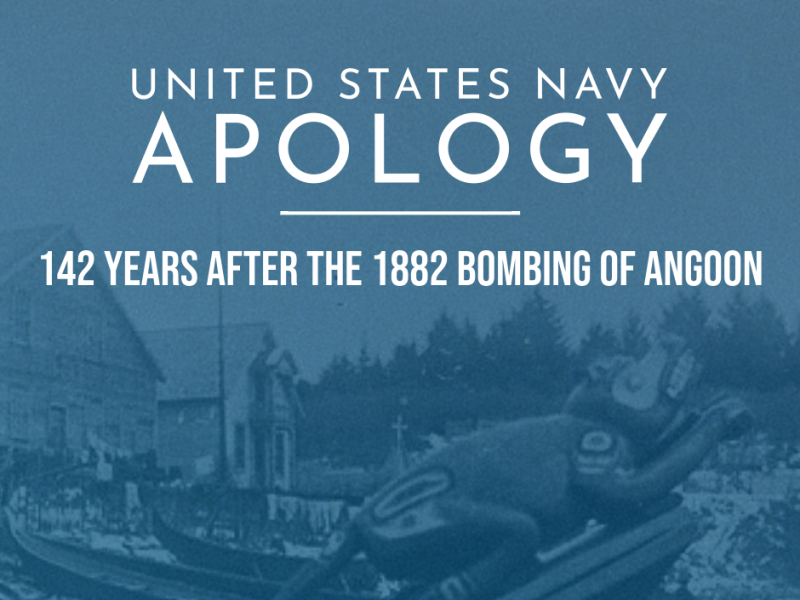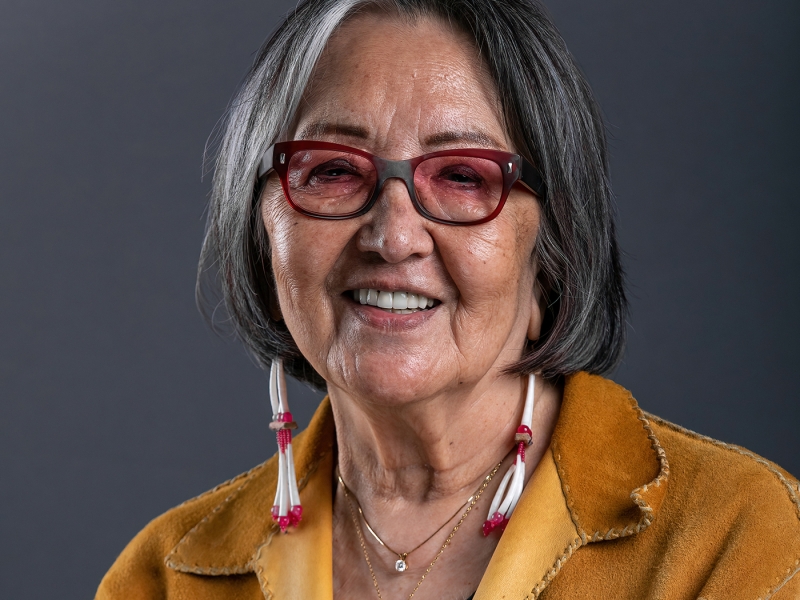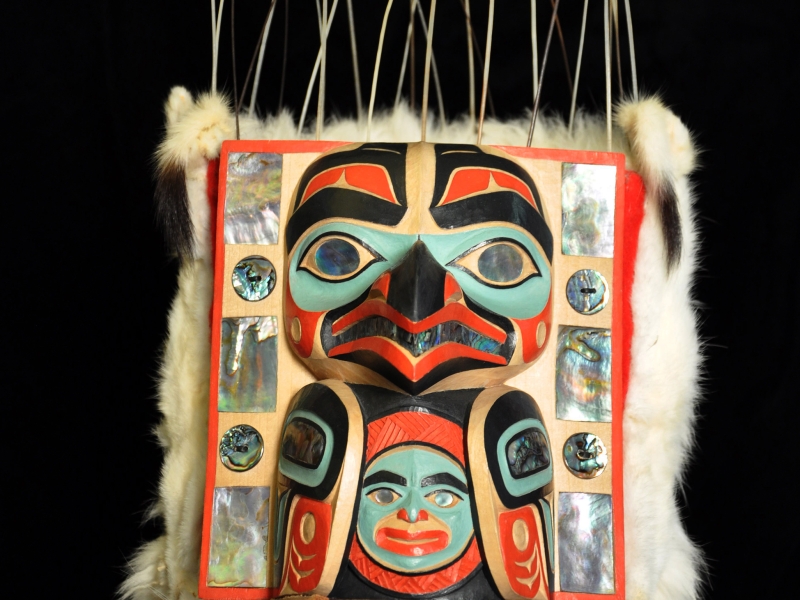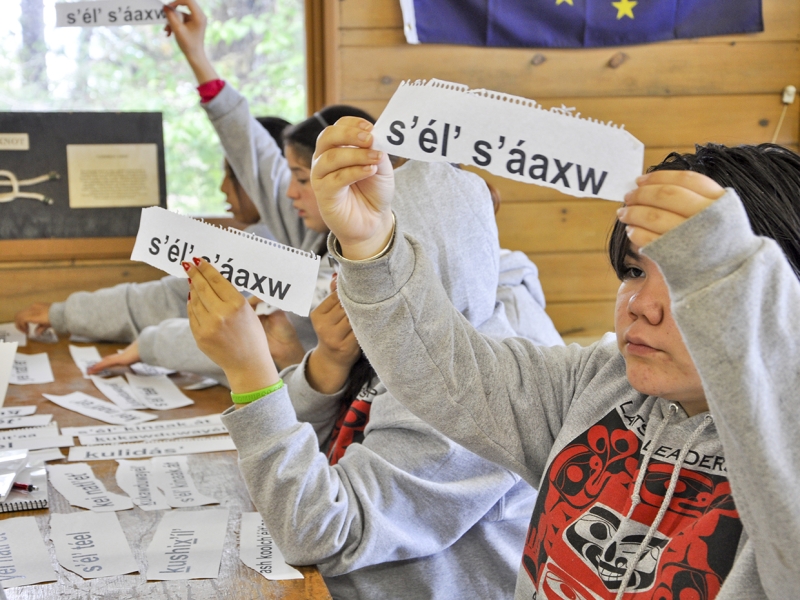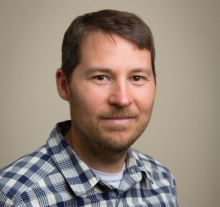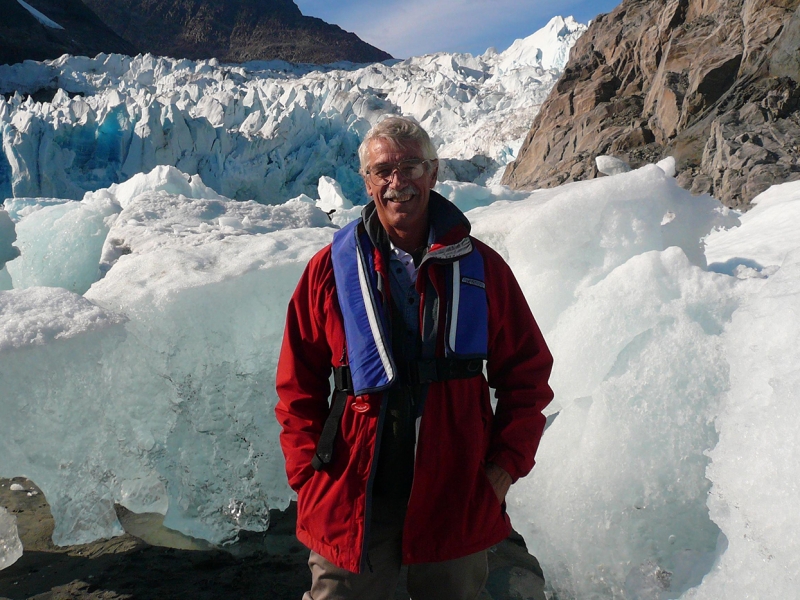Sealaska Heritage sets dates for Celebration 2026
Sealaska Heritage Institute Press Release
Sealaska Heritage sets dates for Celebration 2026
Dec. 12, 2024The Sealaska ...
SHI virtual lecture to explore future of tribal sovereignty, self-governance
Sealaska Heritage Institute Press Release
SHI virtual lecture to explore future of tribal sovereignty, self-governance
National ...
SHI lecture to examine Alaska Native tribal status, sovereignty
Sealaska Heritage Institute Press Release
SHI lecture to examine Alaska Native tribal status, sovereignty
Former Sealaska ...
SHI lecture to highlight Alaska Native land claims history
Sealaska Heritage Institute Press Release
SHI LECTURE TO HIGHLIGHT ALASKA NATIVE LAND CLAIMS HISTORY
Athabascan leader ...
Watch live: Military to apologize to Angoon for bombardment
Sealaska Heritage Institute Press Release
WATCH LIVE: MILITARY TO APOLOGIZE TO ANGOON FOR BOMBARDMENT
Event to ...
SHI president Rosita Worl to receive national humanities medal today from U.S. president
Sealaska Heritage Institute Press Release
SHI PRESIDENT ROSITA WORL TO RECEIVE NATIONAL HUMANITIES MEDAL TODAY ...
U.S. Senator from Alaska introduces bill to allow Indigenous artists to use bird feathers, parts
Sealaska Heritage Institute Press Release
U.S. SENATOR FROM ALASKA INTRODUCES BILL TO ALLOW INDIGENOUS ARTISTS ...
Indigenous educators submit first-ever reading standards for Alaska Native languages to state
Sealaska Heritage Institute Press Release
Indigenous educators submit first-ever reading standards for Alaska Native languages ...
SHI lecture to explore Southeast Alaska’s Ice Age history
Sealaska Heritage Institute Press Release
SHI LECTURE TO EXPLORE SOUTHEAST ALASKA’S ICE AGE HISTORY
University at ...
SHI lecture to examine unanswered questions in Arctic anthropology
Sealaska Heritage Institute Press Release
SHI LECTURE TO EXAMINE UNANSWERED QUESTIONS IN ARCTIC ANTHROPOLOGY
Smithsonian Director ...
